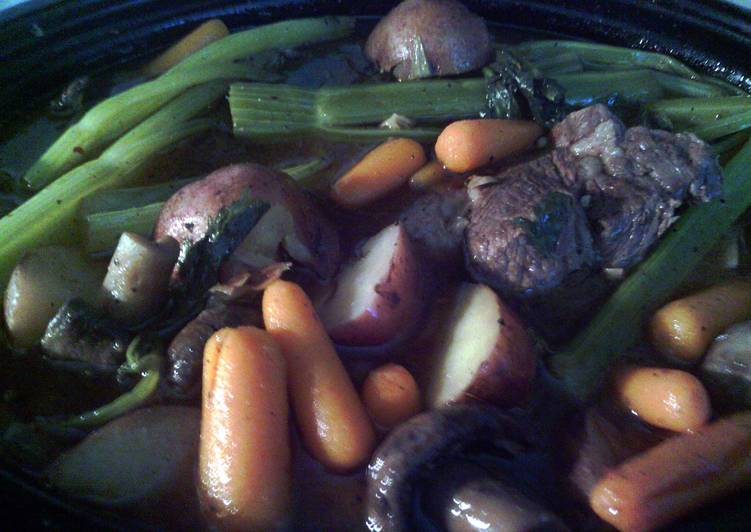
Hello everybody, hope you are having an amazing day today. Today, I will show you a way to prepare a distinctive dish, kabocha squash soup with dumplings for the winter solstice. One of my favorites. This time, I am going to make it a bit tasty. This will be really delicious.
Roasted kabocha squash soup, thick and creamy, with ginger, cumin, and coriander. Have you come across "Kabocha" squash in the market? It's a Japanese variety of winter squash, one that is heavy and thick-fleshed, similar in that way to butternut squash, with a deep, rich.
Kabocha Squash Soup with Dumplings for the Winter Solstice is one of the most favored of current trending meals in the world. It is appreciated by millions every day. It is easy, it’s quick, it tastes yummy. Kabocha Squash Soup with Dumplings for the Winter Solstice is something which I’ve loved my entire life. They are fine and they look wonderful.
To begin with this particular recipe, we have to first prepare a few components. You can have kabocha squash soup with dumplings for the winter solstice using 10 ingredients and 9 steps. Here is how you can achieve that.
The ingredients needed to make Kabocha Squash Soup with Dumplings for the Winter Solstice:
- Prepare Kabocha Squash Rice Dumplings:
- Get 50 grams Kabocha squash with the insides removed
- Make ready 50 grams Shiratamako
- Get 60 ml Water
- Make ready Kabocha Squash Soup:
- Prepare 150 grams Kabocha squash with the insides removed
- Make ready 150 ml Water
- Take 50 ml Milk
- Make ready 2 tbsp Sugar
- Get 1 tbsp White miso
It's creamy, ultra-sweet and doesn't need peeling. Miso Dumpling Soup with Autumn Squash. Shhh…they're store-bought dumplings, but no one needs to know. Kabocha, also referred to as Japanese pumpkin or kabocha squash, is a seasonal vegetable that peaks in the fall through winter.
Steps to make Kabocha Squash Soup with Dumplings for the Winter Solstice:
- Prepare the broth: place the kabocha squash into a pot with water, cover with a lid and boil until it softens.
- After you have boiled it until soft, add all of it into the broth with a hand mixer. Add milk and sugar, and whip until smooth.
- Return to the pot, and turn on the heat. Add miso and dissolve. Check the flavor, and add sugar to taste if it is not sweet enough, then it's done.
- If the soup is too thick, add milk while checking on the texture.
- Prepare the dumplings: Moisten the kabocha squash with the insides removed, wrap in plastic wrap, and microwave until soft. Mash while still hot.
- Place the shiratamako and kabocha squash into a bowl, gradually add water, and knead it until it's about as soft as an earlobe.
- Roll into 2 cm balls into your hand, and make an indent in the middle with your finger (this helps the broth soak in. You can leave them as balls if you like).
- Drop into boiling water. Once they have floated to the surface, boil as-is for another minute. Drain the water, place into bowls, pour the broth over it piping hot, and it is done.
- You could eat the dumplings in a simple soup made of canned adzuki bean diluted in hot water.
It is revered for its nutrient-rich flesh and mildly sweet flavor. In Japanese cuisine, kabocha is a very traditional ingredient that often appears in everyday family meals. This warm winter kabocha squash soup recipe has a good kick of ginger, helping to stimulate digestion. Use the other half of kabocha in a When the spices are fragrant but not burned, add stock and another big pinch of salt. Partially cover the soup and let it simmer gently until the squash is ready.
So that is going to wrap this up for this exceptional food kabocha squash soup with dumplings for the winter solstice recipe. Thanks so much for reading. I am sure you can make this at home. There’s gonna be interesting food at home recipes coming up. Don’t forget to save this page on your browser, and share it to your loved ones, colleague and friends. Thank you for reading. Go on get cooking!

